Though not the only reason for the peregrine falcon's decline, the pesticide DDT had passed through the food chain and weakened the shells of peregrine eggs, leading to the loss of many young before they could hatch.
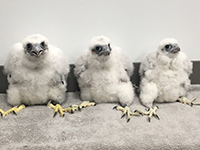
The curtailment of chemical pesticides and the success of nest boxes like Thermal’s have led to an impressive recovery of the peregrine falcon population.
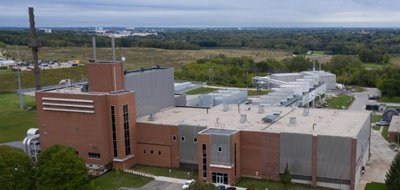
MRMC Thermal’s peregrine falcon nesting box is part of a state-wide falcon recovery program managed by biologist Greg Septon.
Read the Wisconsin Falconwatch – 2023 Nesting Season Report (PDF) (see page 17 for our nest) to learn more about Wisconsin peregrine falcon nesting activity and the young that were produced.
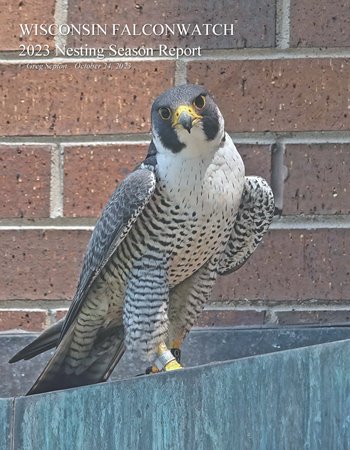
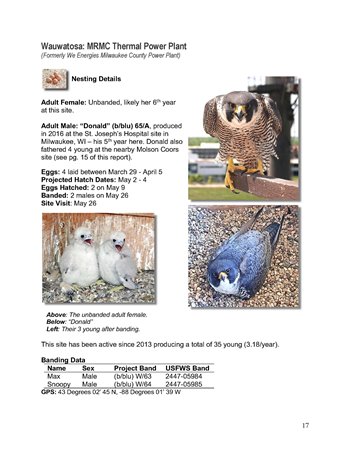
Recent News
4/17/24:
It appears one egg is lost...
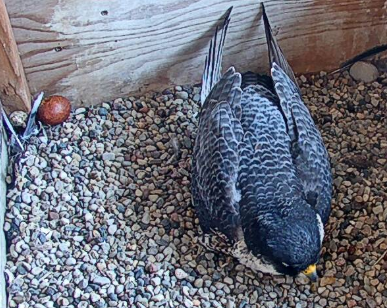
4/15/24:
4 eggs! Latest egg laid overnight. Estimated hatch dates are May 13-15.
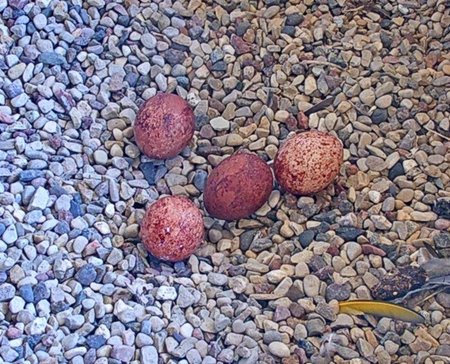
4/12/24:
Parental News from Greg Septon:
“Donald” (b/blu) 65/A, your male since 2019 appears to have been lost over the winter. In his absence another male named “Witt” (b/blu) 48/E showed up at your nest box on February 10 and began bonding with your unbanded female who had arrived a few days earlier. “Witt” was produced in 2016 at the MG&E power plant site in Madison, WI and nested at the Malteurop site in West Milwaukee from 2018 until this site was closed down in 2021. After that Witt was observed visiting the nest box at the Miller Brewery nest site but was always run off by “Donald” who was the adult male at both the Miller Brewery site and your site between 2019 - 2023.
Much like “Donald”, “Witt” was present at both your site and the Miller Brewery site this spring and courted the females at both sites. That was the case until April 6 when a new male showed up at your site. This new male is named: “Muggs” (b/blu) U/87 and he was produced at the Miller Brewery site in 2022. “Muggs” has prety much taken over your site and is sharing with incubation. And, “Witt” is back at the Miller Brewery site nesting with the adult female there and bringing in prey and sharing with incubating. Interestingly, this is the same female “Witt" was paired with at the old Malteurop site before that site was closed off and torn down so they’re old flames back together again.
Hopefully we might finally have two distinct pairs in the neighborhood - one at MRMC and one at the Miller Brewery. Time will tell…
4/10/24: Third Egg!
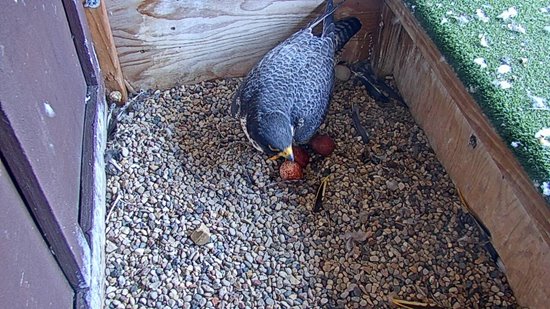
4/9/24: Second Egg! Initially was laid in the nest opposite to the first egg. The parent rolled the 2 together.
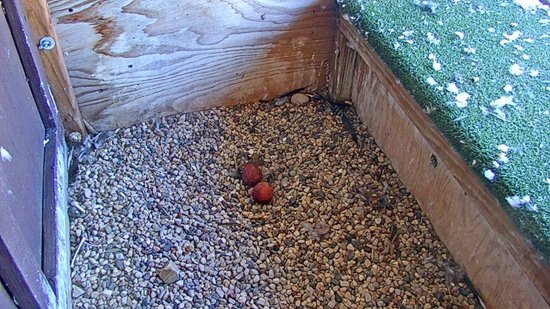
4/1/24: First Egg!
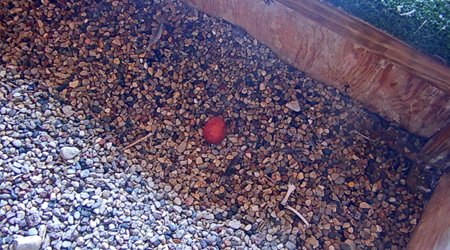
About the Peregrine
Life Cycle
Prey
Peregrines take their prey in flight, so they dine almost exclusively on other birds. However, very young falcons may catch flying insects and, occasionally, Arctic peregrines will catch and eat ground-dwelling animals like lemmings.
Male peregrines, which are substantially smaller, will generally catch smaller birds, but females will take larger prey like ducks. Peregrines can eat as much as one-quarter of their weight at one sitting.
Reproduction
Peregrines usually begin breeding at about 2 years of age. The male will put on an aerial courtship display to attract a mate to a selection of nesting sites. The female chooses. Peregrines generally mate for life, returning each year to the same area and even the same nest. However, the female will accept a new mate if the first is killed.
There’s nothing fancy about the nests. The nest, "scrape," is traditionally no more than a depression in a cliff ledge. But nowadays, possibly in response to increased human contact during captive breeding projects, many peregrines find homes in man-made structures and more populated areas, using power plant smokestacks, steeples, tall buildings and bridges.
Females lay a clutch of 3 to 5 eggs in the spring. The eggs range in color from pink to brownish and are about 2 inches long. It takes about a month before the eggs hatch. Newly hatched peregrines, weighing in at about 1.5 ounces, double their weight in just six days and and increase tenfold by three weeks. Hatchlings are covered with fluffy white down, replaced by feathers in 21 to 35 days. Peregrines first fly 35 to 45 days after hatching, when they have reached adult size. They begin to hunt around 60 to 80 days.
The mortality rate is very high for young peregrines. Only one in 10 makes it to breeding age. They can live for up to 15 years.
Range / Migration
Peregrines are found all over the world except in Antarctica and the Pacific Islands. The most common subspecies in the United States, falco peregrinus anatum, is found from central Alaska to central Mexico and usually winters in South America. A maritime subspecies, Peale’s peregrine, found in the Northwestern U.S. and north, does not migrate.
Generally, the birds head south in September and may spend a month to reach their winter homes in Central and South America. Arctic peregrines have been seen as far south as Argentina. Some urban peregrines do not migrate anymore, since their prey – pigeons and starlings – remain abundant year round.
Nesting Box Webcam
Through the box’s webcam, you can watch for the falcons to return, eggs to be laid and hatched and activity in the nesting box as the chicks grow during nesting season (March through July). Note that the webcam image below is not a streaming image but does refresh every 60 seconds.
Viewer discretion is advised.
Due to the sometimes-violent nature of birds of prey, some webcam content may be difficult to watch. Please be aware webcam content is not monitored or screened.
